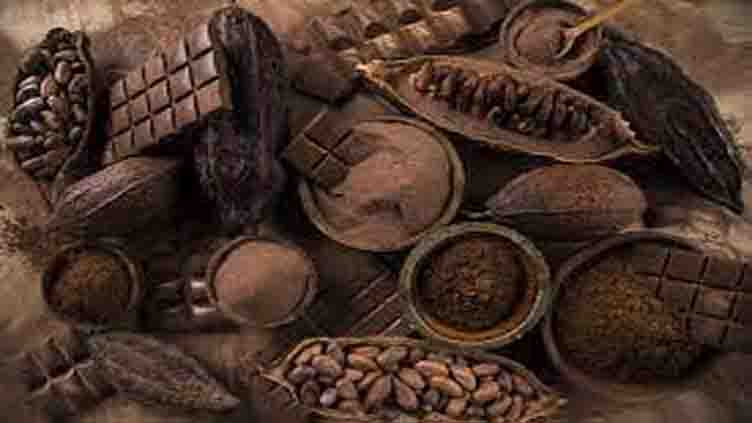Hey, chocolate lovers: Do you know the origins of cacao

Technology
In these ancient times, cacao was consumed as a beverage or an ingredient with other foods
WASHINGTON, (Reuters) - Scientists are getting a better taste of the early history of the domestication and use of cacao - the source of chocolate - thanks to residues detected on a batch of ancient ceramics from South and Central America.
Using evidence from these artifacts, the researchers traced the rapid spread of cacao through trade routes after its initial domestication more than five millennia ago in Ecuador.
They showed cacao's dispersal to South America's northwestern Pacific coast and later into Central America until it eventually reached Mexico 1,500 years later.
A tropical evergreen tree called Theobroma cacao bears large, oval pods containing the bean-like cacao seeds that today are roasted and turned into cocoa and multitudes of chocolate confections.
In these ancient times, cacao was consumed as a beverage or an ingredient with other foods.
The researchers tested more than 300 pre-Columbian ceramics spanning nearly 6,000 years for traces of cacao DNA and three chemical compounds related to it, including caffeine.
They discovered cacao evidence on about 30% of them. The findings indicate cacao products were used more widely among these ancient cultures than previously known.
The ceramics themselves offered an artistic glimpse at the cultures, some displaying wondrous anthropomorphic designs.
A study published in 2018 revealed the domestication and use of cacao beginning about 5,300 years ago in Ecuador, based on evidence from ceramics at the Santa Ana-La Florida archeological site.
The new study builds on that by tracking cacao's spread through 19 pre-Columbian cultures. Some of the earliest use was shown through ceramics made by the Valdivia culture in Ecuador and Puerto Hormiga culture in Colombia.
The ancient DNA found on the ceramics also indicated that various cultures cross-bred cacao trees to adapt to new environments.
"The first steps of cacao domestication correspond to a more complex process than the one we had previously hypothesized," said molecular geneticist Claire Lanaud from the AGAP unit of CIRAD, a French agricultural research center for international development, lead author of the study published on Thursday in the journal Scientific Reports.
"We were not at all aware of such an important domestication of cacao trees all along the Pacific coast in South America in the pre-Columbian times, and so early.
The significant genetic mixing that was observed testifies to numerous interactions that could have happened between peoples from Amazonia and the Pacific coast," Lanaud added.
Cacao's dispersal from Ecuador to Mesoamerica may have occurred through vast and interconnected political-economic networks, according to the researchers.
"First of all, we can firmly state that the origin of cacao and its domestication was the Upper Amazon and not in the tropics of Mesoamerica - Mexico and Central America.
The process of dispersal was rather quick and involved the close and long-distance interaction of the Amerindian people," said archaeologist and study co-author Francisco Valdez of the PALOC unit of France's IRD research institution and Museum National d'Histoire Naturelle in Paris.
"Maritime contacts must have been involved as well as the inland contacts. Previously, the common (belief) was that cacao was domesticated in the Mesoamerican lowlands and that it was dispersed from there to the south," Valdez said.
The study provides insight into the earliest trade in what is now one of the world's most important cash crops. Today's sugary chocolate confections differ greatly from cacao's early uses.
Before Europeans reached the Americas five centuries ago, cultures like the Aztecs and Maya prepared it as a drink, mixed with various spices or other ingredients.
"Cacao as a plant is an energy-source food, as well as a medicinal product," Valdez said. "Amerindian people used it in many ways. Raw, the pulp was sucked.
The (cacao seed) could be cooked, roasted, grinded and made into liquid and solid foods. The bark, branches and the cob can be burned, and the ashes are an antiseptic. And it is also used to relieve skin or muscle inflammations and sores.



